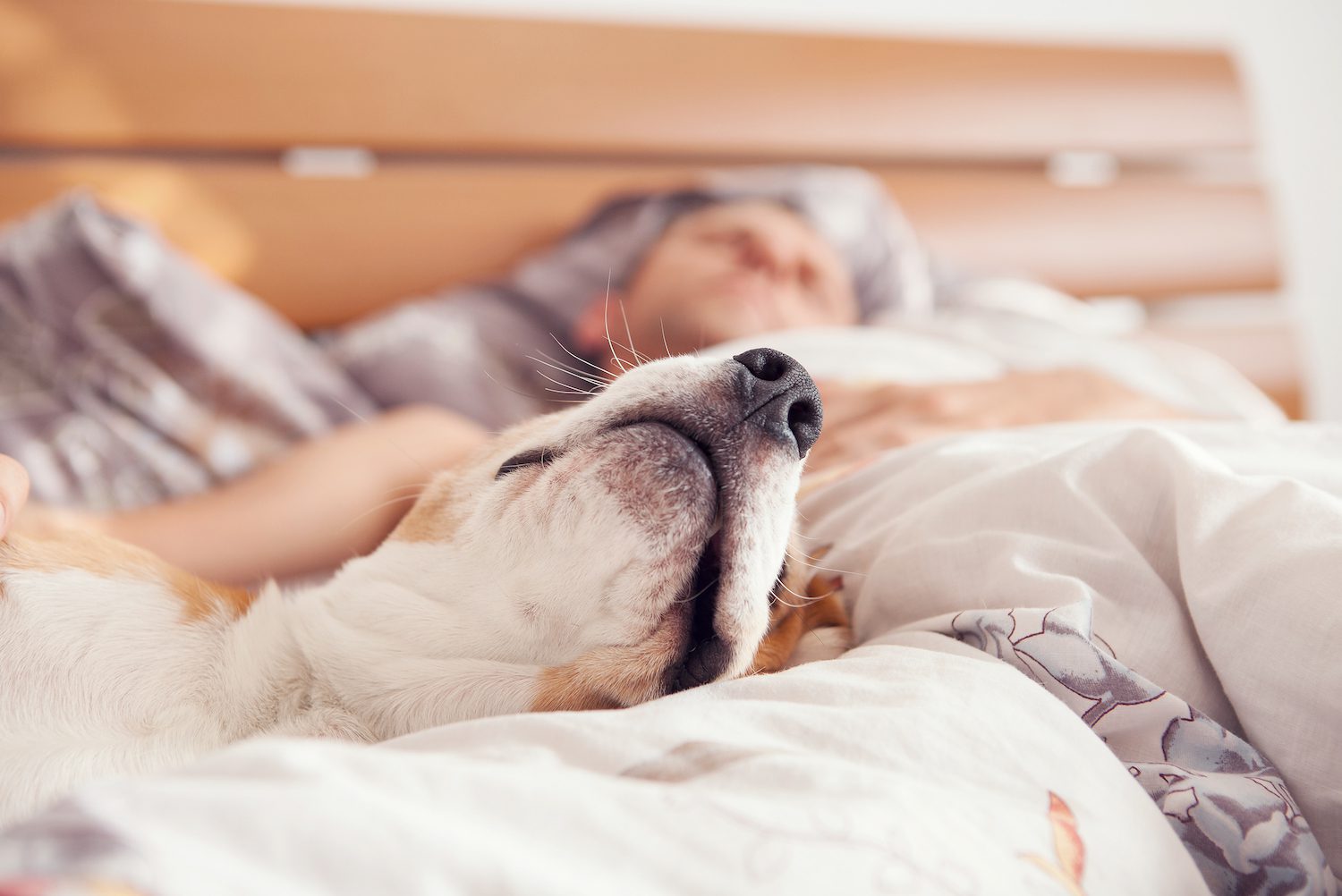

Articles
Why Does My Dog Bury His Head In Pillows
Modified: December 7, 2023
Discover why dogs bury their heads in pillows and what this behavior means. Read our insightful articles to understand your furry friend's actions.
(Many of the links in this article redirect to a specific reviewed product. Your purchase of these products through affiliate links helps to generate commission for Storables.com, at no extra cost. Learn more)
Introduction
Have you ever wondered why your dog buries his head in pillows? It’s a peculiar behavior that can leave pet owners perplexed. While it may seem odd to us, burying their heads in pillows is actually a common instinctual behavior in dogs. In this article, we will explore the reasons behind this quirky behavior and shed some light on the fascinating world of our furry companions.
Dogs have a strong instinctual drive that stems from their ancestry as wolves. Understanding their behavior requires delving into their evolutionary roots. Burrowing and seeking shelter in enclosed spaces is a natural survival strategy for canines. Even though they have adapted to domestication, some instincts persist.
So, why exactly does your dog bury his head in pillows? There are various reasons that can contribute to this behavior. It could be a matter of comfort and security, marking territory, seeking shelter, seeking warmth, reducing noise and light, separation anxiety, sensory overload, or even an underlying medical concern.
This article will explore each of these reasons in greater detail, providing you with a comprehensive understanding of why your furry friend engages in this behavior. Let’s dive in!
Key Takeaways:
- Dogs bury their heads in pillows for comfort, security, and warmth, mimicking their ancestral instinct to seek shelter. Understanding their behavior helps create a harmonious living environment for our furry companions.
- Burying their heads in pillows can also indicate potential medical concerns, such as ear infections or dental pain. Observing and addressing these behaviors can enhance our dogs’ well-being and strengthen our bond with them.
Read more: Why Does My Dog Bite Pillows
Instinctual Behavior of Dogs
Before we delve into the specific reasons behind why dogs bury their heads in pillows, it’s important to understand the instinctual behavior that drives this action.
Dogs are descendants of wolves, and despite centuries of domestication, they still retain many of their ancestral instincts. One such instinct is the natural inclination to burrow and seek shelter in enclosed spaces. In the wild, this behavior serves as a means of protection and safety, as well as a way to regulate body temperature.
For dogs, burrowing is an instinctual behavior deeply ingrained in their DNA. This behavior is often observed when they are preparing to rest or when they feel the need to retreat to a safe and secure place.
While some dogs may choose to bury their heads in pillows, others may prefer to burrow in blankets, cushions, or even under furniture. This behavior is not limited to just pillows, as they will instinctively burrow wherever they find a suitable space that provides them with a sense of security.
Now that we have a better understanding of the instinctual behavior of dogs, let’s explore the specific reasons that may drive them to bury their heads in pillows.
Comfort and Security
One of the primary reasons why dogs bury their heads in pillows is for the sake of comfort and security. Just like humans, dogs seek out cozy and soft spaces to relax and feel safe. Pillows offer a plush surface that can provide them with a sense of comfort and familiarity.
Burying their heads in pillows can also serve as a form of self-soothing. It helps them create a small, enclosed space that provides a sense of security and calmness. This behavior mimics the feeling of being in a den or a small cave, which helps them feel protected.
Many dogs also have a strong attachment to their owners and find comfort in their scent. By burying their heads in pillows, they can often find pillows that their owners have used, carrying their familiar scent. This association with their owners’ scent can provide a sense of reassurance and comfort while they are resting.
It’s important to note that not all dogs exhibit this behavior, and the level of comfort and security they seek may vary from one individual to another. Some dogs may prefer to sleep with their heads on the pillow, while others may choose to bury their heads completely.
Understanding that comfort and security are essential factors can help you create a conducive environment for your furry friend. Providing soft and cozy pillows or creating a designated sleeping area can go a long way in satisfying their instinctual needs for comfort and security.
Marking Territory
Another possible reason why dogs bury their heads in pillows is to mark their territory. Just like wolves would mark their den with their scent, dogs have a natural instinct to establish their presence and ownership over their surroundings.
When dogs bury their heads in pillows, they may be leaving behind their scent as a way to mark the pillow as their territory. This behavior is more likely to occur if the pillow is shared with other dogs or pets in the household.
By marking their territory, dogs communicate to other animals that the pillow is their space and should be respected. It’s a way of establishing a sense of ownership and asserting their dominance within the household.
While marking territory through scent is a natural behavior for dogs, it can be bothersome for pet owners, especially if the pillows are constantly being soiled or if it leads to conflicts between multiple pets in the household.
If marking territory becomes a concern, there are several methods that can be employed to discourage this behavior. Providing each dog with their own pillows or bedding can help minimize the need to establish dominance over shared spaces. Additionally, regular cleaning and washing of pillows can help remove any lingering scents that may trigger territorial behavior.
Understanding the role of territorial marking in this behavior can help pet owners address any concerns and create a harmonious living environment for their furry friends.
Seeking Shelter
One of the reasons why dogs bury their heads in pillows is their instinctual need for seeking shelter. Dogs, being descendants of wolves, have a natural inclination to find safe and secure spaces to rest and relax.
By burying their heads in pillows, dogs are creating a makeshift den or enclosed space. This behavior offers them a sense of security and protection, as if they were hiding away from potential threats or dangers.
In the wild, wolves would dig burrows or seek out dens to find shelter from harsh weather conditions or predators. This instinctual behavior has carried over to domesticated dogs, even if they no longer face the same threats and challenges as their wild counterparts.
When dogs bury their heads in pillows, they are essentially creating a cozy and enclosed area that provides a sense of comfort and security. It allows them to feel hidden and protected, reducing any feelings of vulnerability and stress.
It’s important to respect this behavior and provide your dog with adequate spaces where they can seek shelter. This can be accomplished by providing them with designated cozy corners or a dog bed tucked away in a quiet area of your home.
By understanding their need for shelter and providing suitable options, you can help your furry companion feel safe and secure, even in the comfort of their domestic environment.
Read more: Why Is My Dog Rubbing His Face On The Floor
Seeking Warmth
Another reason why dogs may bury their heads in pillows is to seek warmth. Dogs have a higher body temperature than humans, and they often seek out warm and cozy spots to regulate their body heat.
Pillows can provide the warmth and comfort that dogs crave. By burying their heads in pillows, they can snuggle into the softness and benefit from the warmth that pillows retain. This behavior is especially common during colder months or in homes with cooler temperatures.
In addition to the warmth provided by the pillows themselves, dogs may also seek out pillows that have absorbed their owners’ body heat. This association with their owner’s warmth and scent adds an extra layer of comfort and makes the pillows even more enticing to snuggle into.
It’s important for pet owners to be mindful of their dog’s need for warmth and provide appropriate options. Consider providing a warm blanket or a heated dog bed, especially during colder seasons, to fulfill their instinctual desire for warmth.
However, it’s crucial to ensure that the warmth does not become excessive or uncomfortable for your furry friend. Monitor the temperature in your home and avoid exposing your dog to extreme heat or suffocating environments.
By providing a balance of warmth and comfort through pillows or other suitable options, you can help your dog satisfy their need for cozy and warm spaces while ensuring their safety and well-being.
Provide your dog with a designated digging area, such as a sandbox or a specific spot in the yard, to satisfy their natural instinct to bury things. This can help prevent them from digging in pillows or other inappropriate places.
Reducing Noise and Light
Dogs have highly sensitive senses, including hearing and sight. Sometimes, they may bury their heads in pillows as a way to reduce exposure to noise and light stimuli that can be overwhelming or disturbing to them.
Noise can be a source of stress for dogs, and they may seek solace in pillows to muffle or block out loud sounds. This behavior can be observed during thunderstorms, fireworks, or even when there are noisy activities going on in the household.
Similarly, dogs may bury their heads in pillows to create a darker environment. Bright lights or sudden changes in lighting conditions can be irritating or unsettling for them. By burying their heads, dogs can shield their eyes from excessive light or create a dimmer and more soothing atmosphere.
This behavior is particularly common in dogs who are more sensitive to their surroundings. For example, breeds with big, protruding eyes or dogs with anxiety issues may be more prone to seeking refuge in pillows to escape from external stimuli.
As a pet owner, it’s important to create a peaceful and calm environment for your dog. Providing a quiet and dimly lit space, such as a cozy corner with pillows or using curtains to block out excessive light, can help alleviate their anxiety and provide a sanctuary for them to retreat to.
Understanding their need to reduce noise and light can improve your dog’s overall well-being and help them feel more secure and at ease in their surroundings.
Separation Anxiety
Dogs are social animals that form strong bonds with their owners. When left alone or separated from their human companions, some dogs may experience separation anxiety, which can manifest in various behaviors, including burying their heads in pillows.
For dogs with separation anxiety, pillows can provide comfort and a sense of familiarity in the absence of their owners. Burrowing their heads in pillows may be a way for them to cope with the stress and loneliness they feel when left alone.
This behavior can be seen as a form of self-soothing for dogs with separation anxiety. It creates a small, secure space that smells like their owner, offering a sense of reassurance in their absence.
If your dog regularly buries their head in pillows when you’re away, it’s important to address their separation anxiety. Gradual desensitization and counterconditioning techniques can be effective in helping them become more comfortable with being alone.
Start by leaving your dog alone for short periods and gradually increasing the duration. Provide them with interactive toys or puzzles to keep them occupied and create positive associations with being alone. Additionally, seeking the assistance of a professional dog trainer or behaviorist can be beneficial in developing a customized plan to address separation anxiety.
Remember, patience and consistency are key when dealing with separation anxiety. By understanding and addressing this issue, you can help your dog feel more secure and reduce their reliance on burying their heads in pillows for comfort.
Sensory Overload
Dogs have highly sensitive senses and can easily become overwhelmed by excessive sensory stimulation. When faced with a situation that involves too much noise, light, or even tactile sensations, dogs may choose to bury their heads in pillows as a way to cope with the sensory overload.
For example, loud noises such as fireworks, thunderstorms, or even bustling household activities can be distressing for dogs. By burying their heads in pillows, dogs create a barrier that helps to muffle sounds and create a sense of calm amidst the chaos.
In addition to noise, dogs can also become overwhelmed by bright lights, sudden changes in lighting conditions, or even intense visual stimuli. By hiding their heads in pillows, they can block out or diminish the intensity of light, providing relief to their sensitive eyes and helping to create a more soothing environment.
Moreover, certain textures or sensations can also trigger a sensory overload in dogs. If a particular surface or material is uncomfortable or irritating to them, burying their heads in pillows can be a way to avoid direct contact and minimize the sensory stimulation.
Understanding your dog’s individual sensitivities and triggers can help you create a sensory-friendly environment for them. This can involve providing a quiet and calming space, using ambient lighting, and using materials that are soothing and comfortable for them.
If you notice that your dog frequently buries their head in pillows due to sensory overload, it may be beneficial to consult with a veterinarian or a professional dog behaviorist. They can provide guidance and assistance in managing and desensitizing your dog to triggers that cause sensory overload.
By acknowledging and addressing sensory overload, you can help your dog feel more at ease and provide them with a safe and comfortable environment to thrive in.
Medical Concerns
While burying their heads in pillows is often a behavior rooted in instinct or behavioral factors, in some cases, it may be a sign of underlying medical concerns that require attention.
If your dog suddenly starts burying their head in pillows excessively or exhibits other unusual behaviors alongside it, it’s important to consider potential medical causes. Some possible medical concerns that can lead to this behavior include:
- Ear infections: Dogs with ear infections may seek relief by burying their heads in pillows to alleviate discomfort or pain in their ears. If you notice other signs of an ear infection, such as head shaking, ear odor, or discharge, it’s crucial to consult with a veterinarian for proper diagnosis and treatment.
- Dental pain: Dental issues, such as tooth decay or gum disease, can cause discomfort or pain in dogs. Burying their heads in pillows can be a way for them to alleviate the pain or pressure on their jaw and gums. A thorough dental examination by a veterinarian can help identify and address any dental problems.
- Neck or spinal issues: Dogs with neck or spinal problems may exhibit behaviors like burying their heads in pillows to find a more comfortable position or to relieve pressure on their neck or back. An evaluation by a veterinarian, possibly including diagnostic imaging, can help determine the cause and appropriate treatment options.
- Allergies or skin irritations: Dogs with allergies or skin irritations may experience itching or discomfort, leading them to bury their heads in pillows to alleviate the itching sensation. If you notice signs of allergies, such as excessive scratching, redness, or skin lesions, consult with a veterinarian to identify the allergen and develop a treatment plan.
If you suspect that medical issues are contributing to your dog’s behavior of burying their head in pillows, it’s crucial to consult with a veterinarian. They can evaluate your dog’s overall health, conduct necessary tests or examinations, and prescribe appropriate treatment to address the underlying medical concerns.
Remember, it’s always better to err on the side of caution and seek professional medical advice when you have concerns about your dog’s health.
Conclusion
Burying their heads in pillows is a behavior that can vary from dog to dog, driven by a combination of instinctual, behavioral, and sometimes medical factors. Understanding the reasons behind this behavior can help us better meet the needs of our furry companions and create a harmonious living environment for them.
From seeking comfort and security to marking territory, seeking shelter, warmth, reducing noise and light, and even coping with separation anxiety or sensory overload, there are multiple explanations for why dogs bury their heads in pillows. It’s important to recognize that this behavior is deeply rooted in their evolutionary history as well as their individual preferences and sensitivities.
As responsible pet owners, we can provide our dogs with a conducive environment that satisfies their instinctual needs. This can include offering soft and cozy pillows, creating designated sleeping areas, providing warmth during colder months, and minimizing excessive noise and light in their surroundings.
Additionally, understanding that burying their heads in pillows can also indicate potential medical concerns is crucial. If you observe any unusual or persistent behaviors, it’s important to consult with a veterinarian to rule out any underlying health issues that may require treatment or management.
By being attentive to our dogs’ behaviors and needs, we can enhance their well-being, strengthen our bond with them, and ensure they live happy and fulfilling lives. So, the next time you see your dog burying their head in a pillow, embrace their quirks, and remember the fascinating combination of instinct, comfort, and individuality that makes them unique companions.
Frequently Asked Questions about Why Does My Dog Bury His Head In Pillows
Was this page helpful?
At Storables.com, we guarantee accurate and reliable information. Our content, validated by Expert Board Contributors, is crafted following stringent Editorial Policies. We're committed to providing you with well-researched, expert-backed insights for all your informational needs.
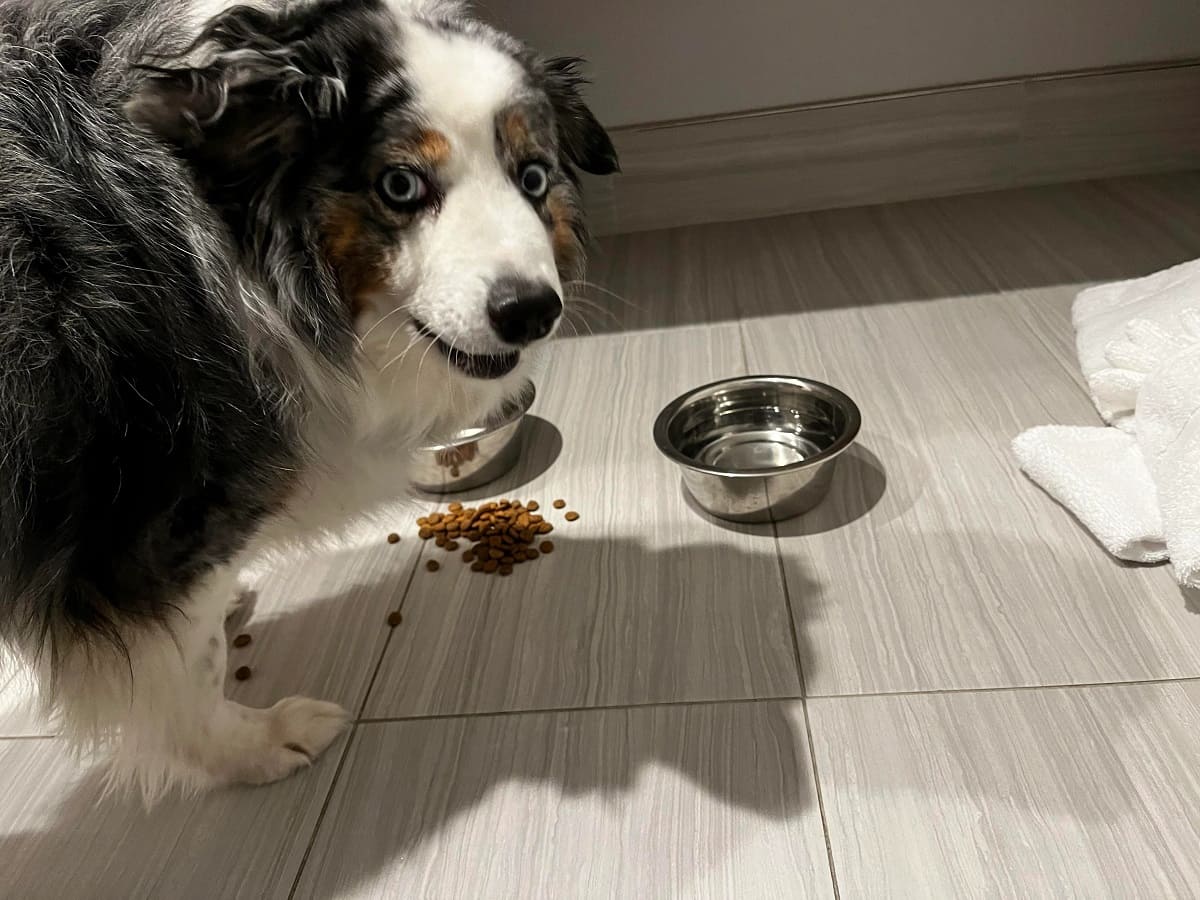
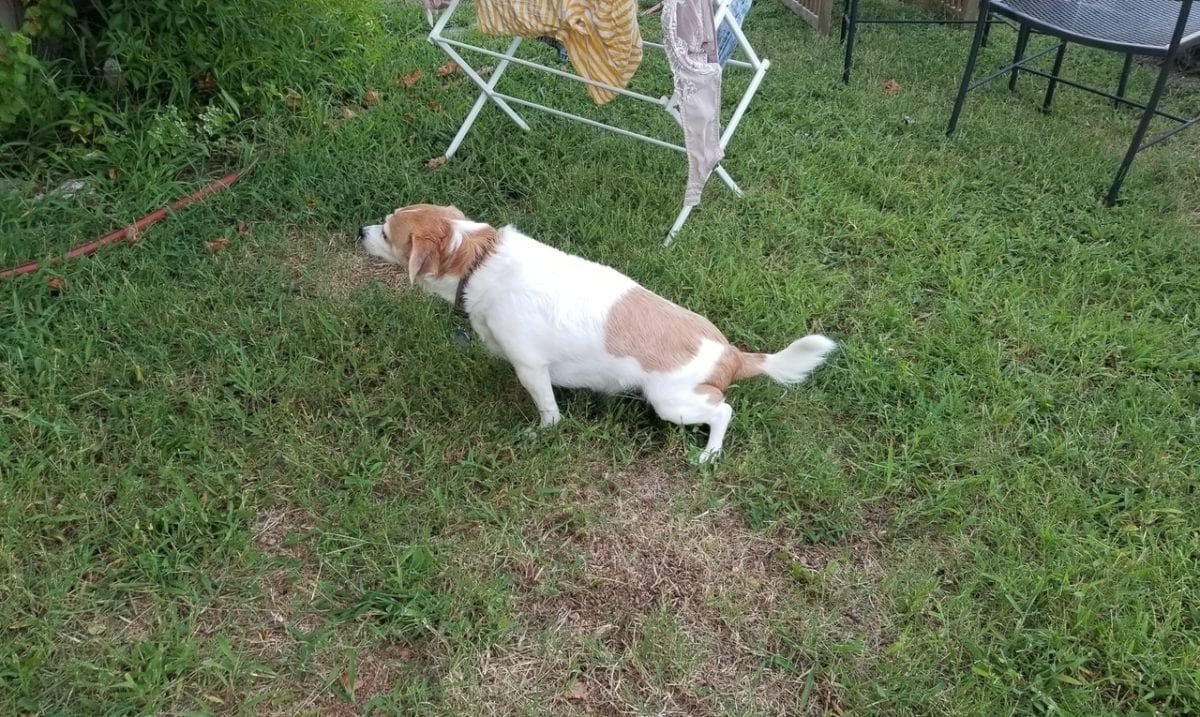
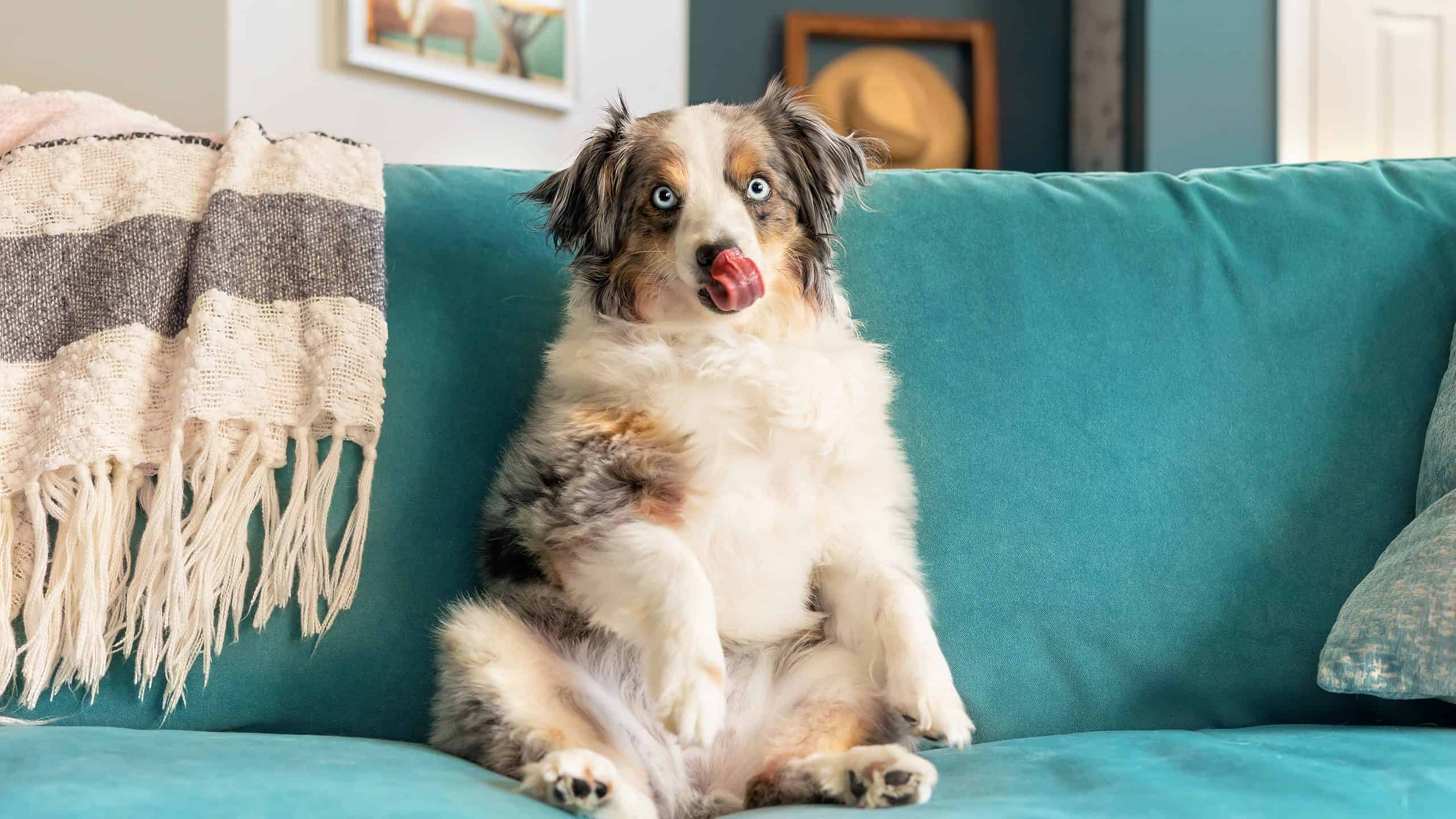
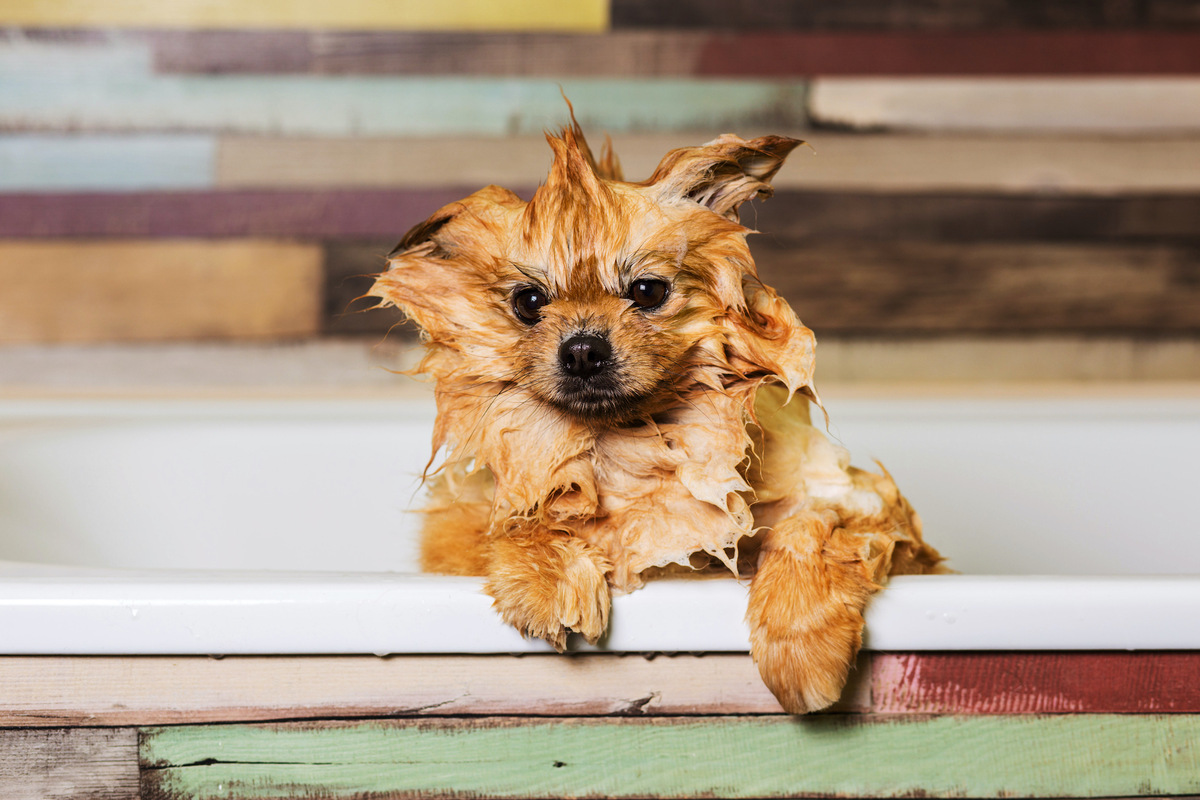
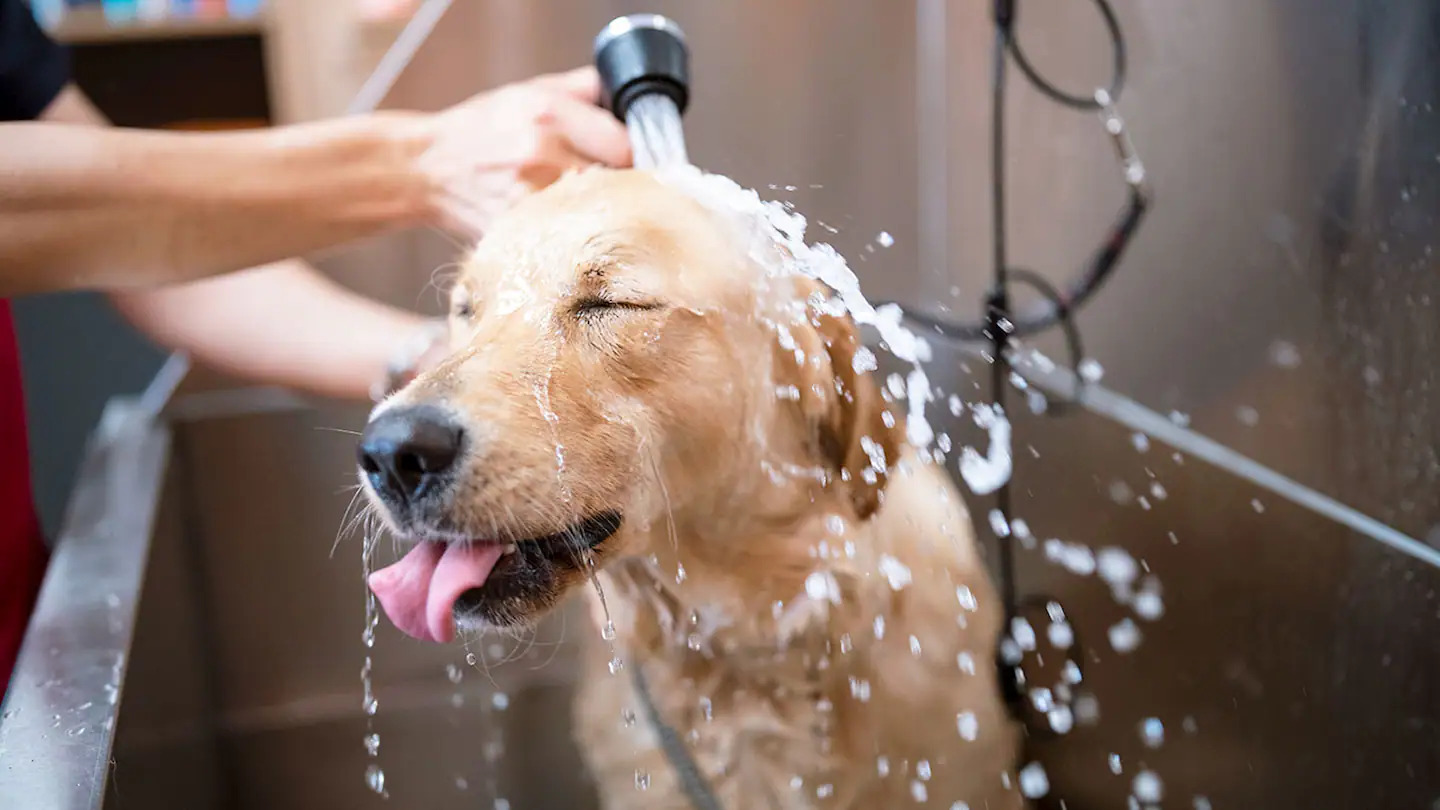
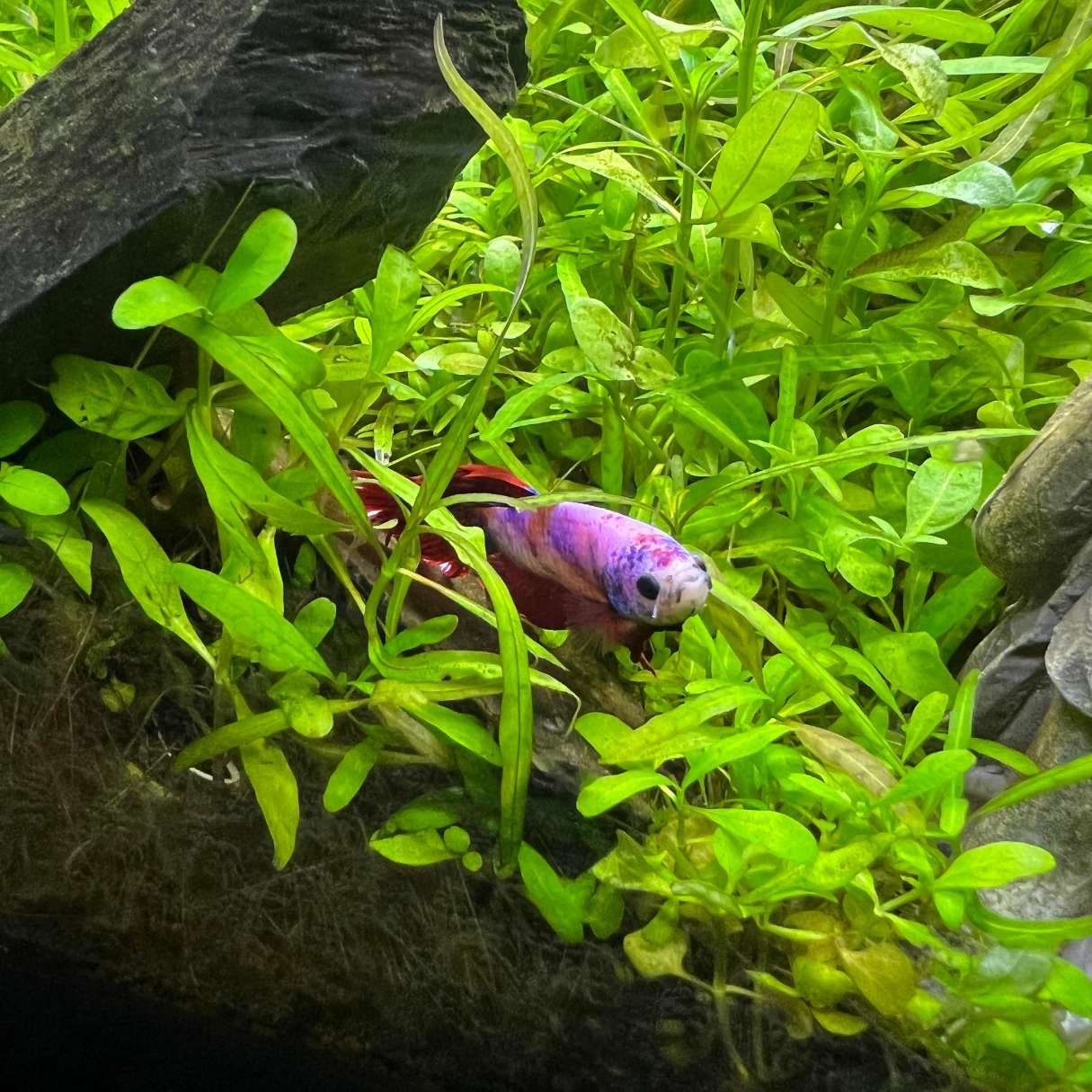
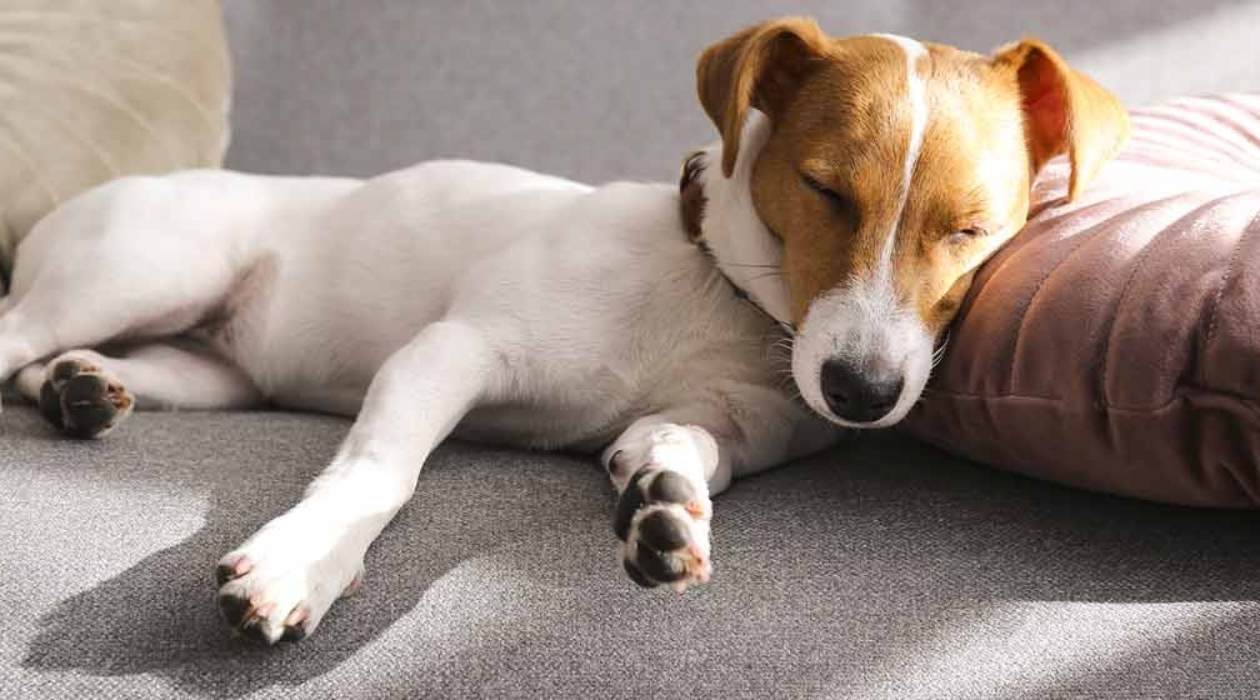
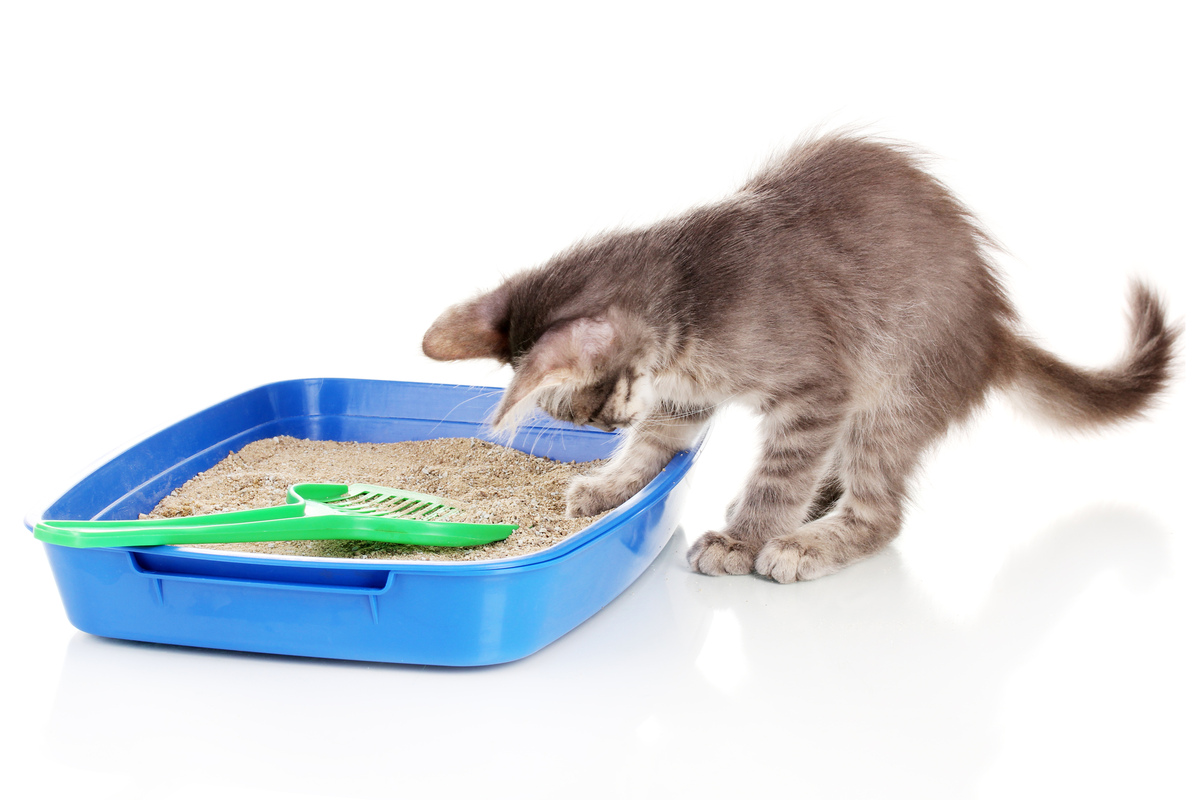
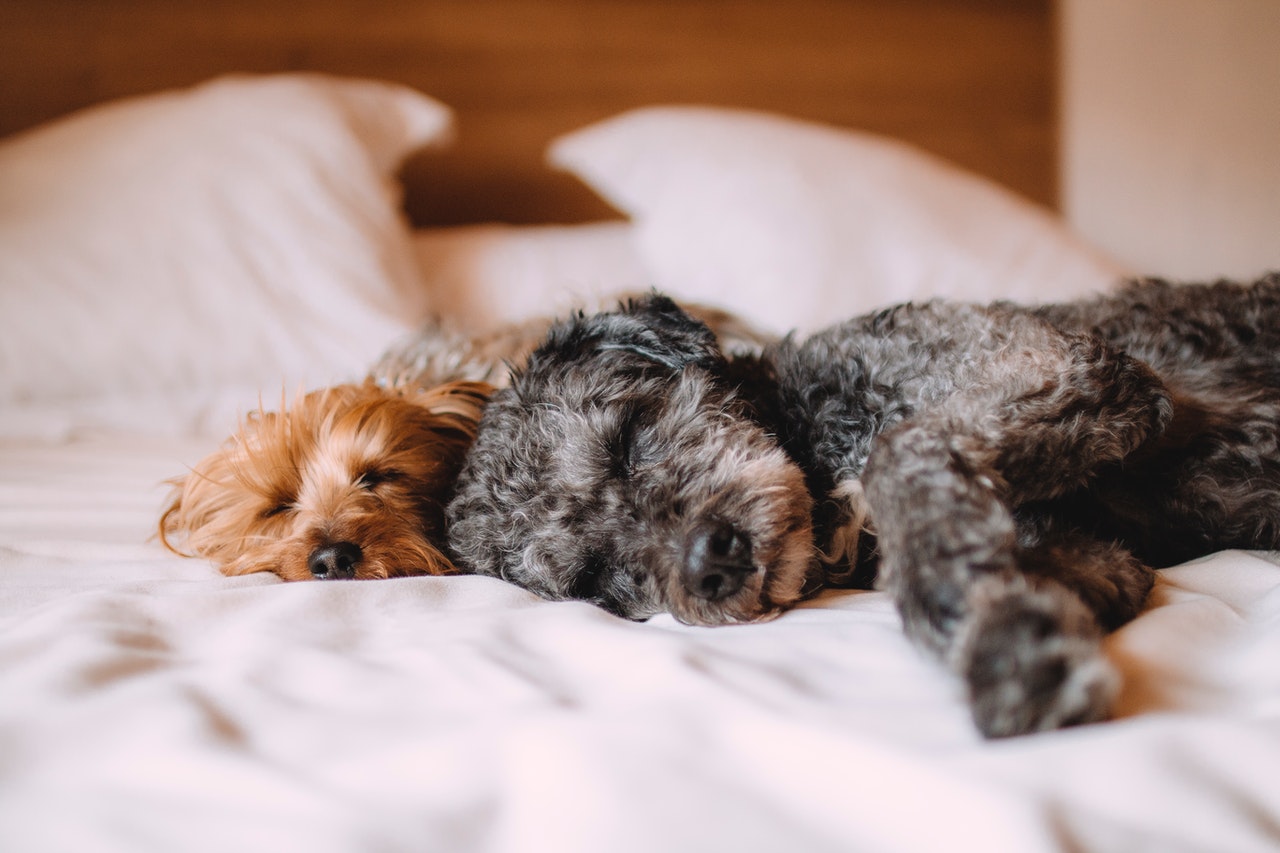
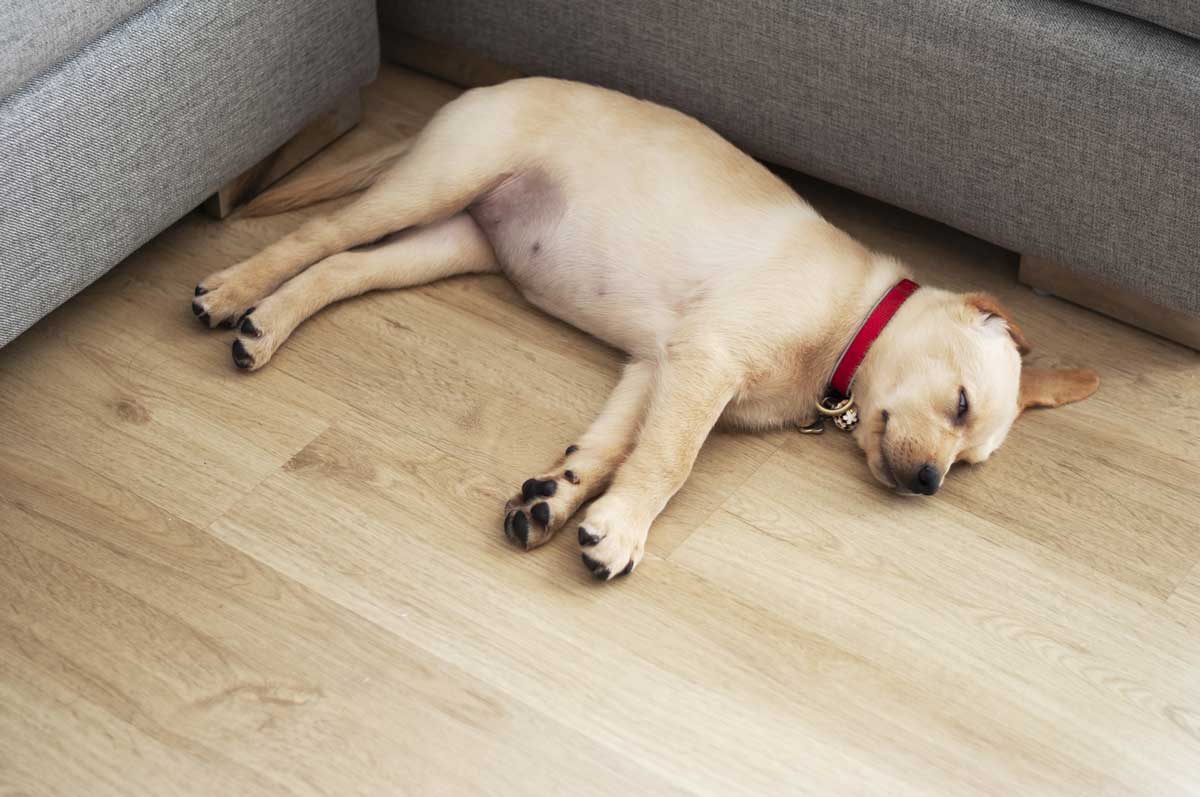
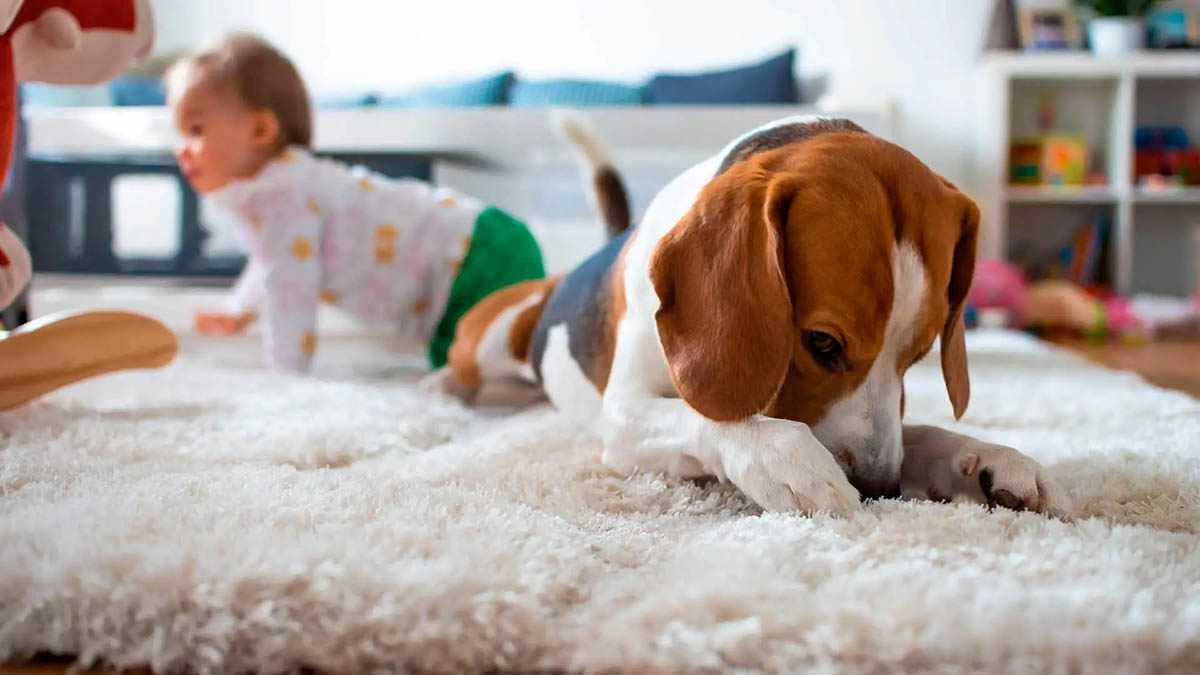

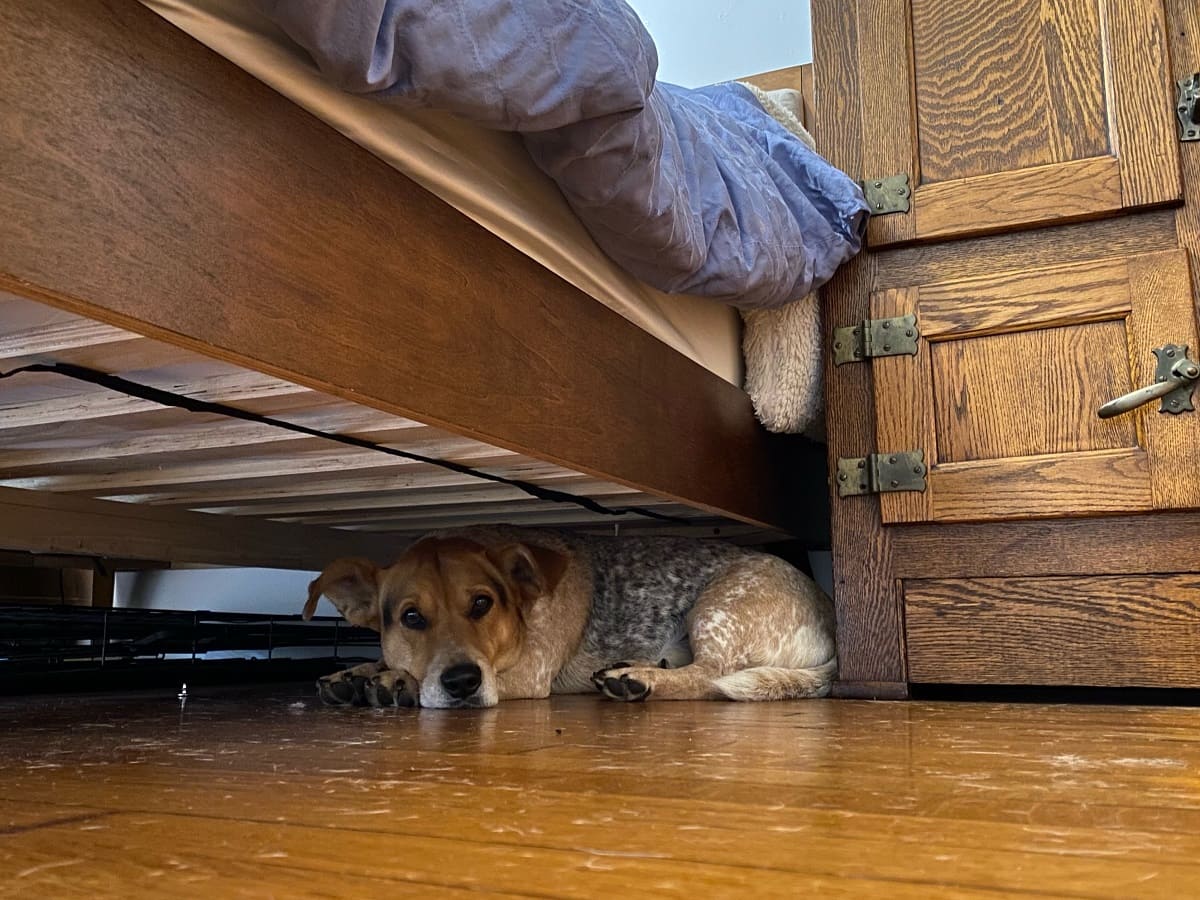

0 thoughts on “Why Does My Dog Bury His Head In Pillows”